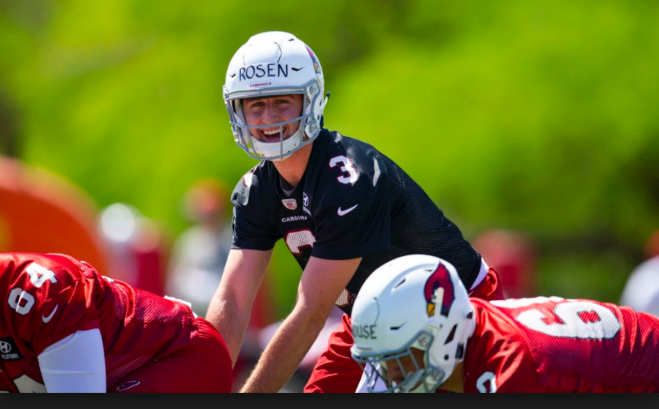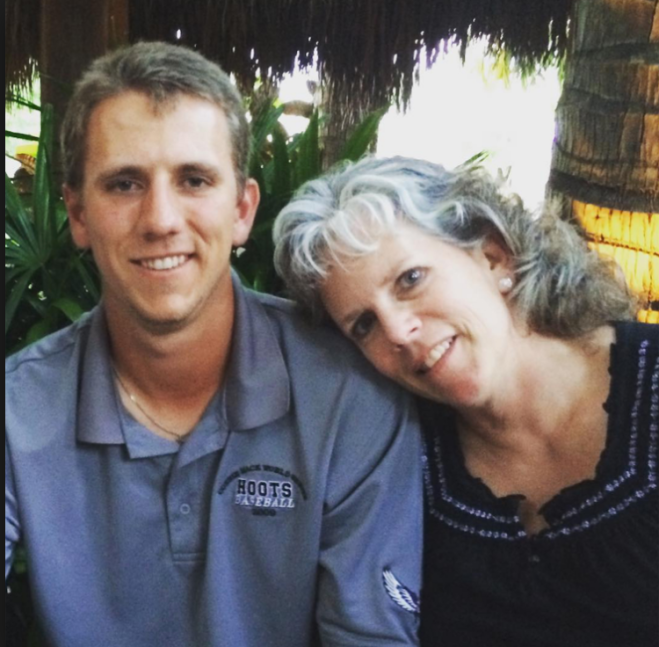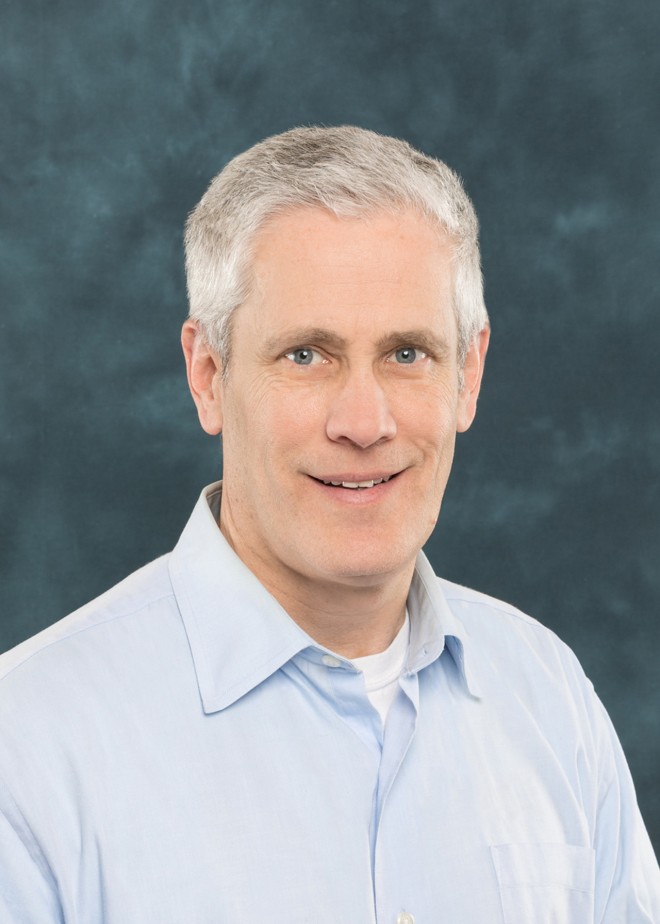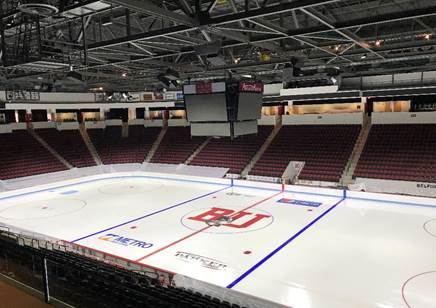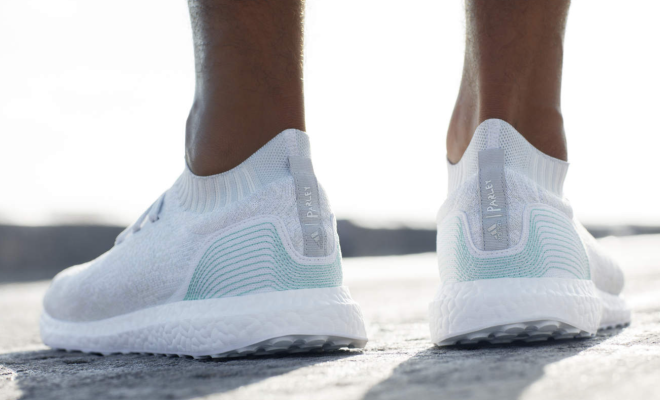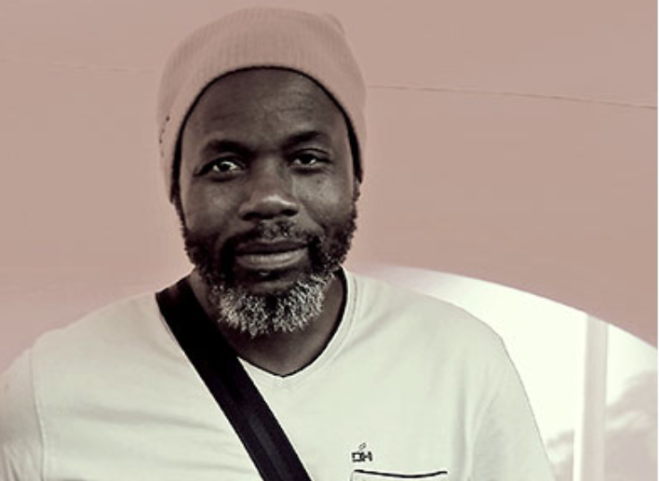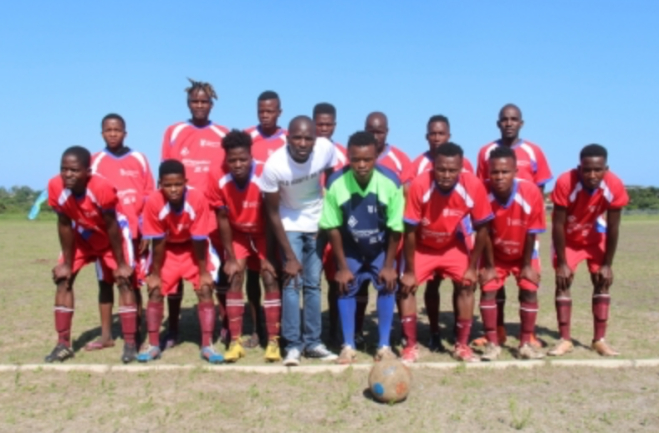I thought that the best way to reduce paper waste was to use recycled paper. But, after talking with William (Bill) Gagnon, VP of Marketing and Sales for Excel Dryer, I realized how wrong I was.
Air hand dryers are far more environmentally friendly than even 100 percent recycled paper and Excel Dryer’s XLERATOR® is particularly green on several metrics. And big public buildings like stadia, arenas and airports reap significant financial and environmental savings by switching to the XLERATOR.
GreenSportsBlog spoke with Gagnon about the many green aspects of the XLERATOR and the role sports plays in Excel Dryer’s business.
GreenSportsBlog: Bill, how did you get into the hand drying business?
Bill Gagnon: My dad had bought Excel Dryer and I started working there in 1997 off and on — I was also trying a bunch of different things like computer science, web design, finance. Then in around 2000, after helping to invent the XLERATOR, selling it really clicked for me and I’ve been there ever since.

William (Bill) Gagnon, VP of marketing and sales for Excel Dryer (Photo credit: Excel Dryer)
GSB: Talk about the technology behind the XLERATOR, specifically about what makes it such a great green option for stadium and arena restrooms.
BG: Basically, we created the high-speed, energy-efficient hand dryer category. Our patented technology sounds fairly simple but it is, in fact, quite complicated. We use high velocity heated air for a unique, two-phase drying process. In Phase 1, or the “Blow Off,” the air blows off large water droplets off the hands in a couple of seconds. Then, in Phase 2, “Evaporation,” the heat evaporates a residual moisture layer that we feel but don’t really see. This makes the drying process about three times faster than conventional hand dryers.
GSB: That’s the high-speed part…Where does the greening, energy efficiency part come in?
BG: By being three times faster, we see an 80 percent reduction in energy usage…
GSB: Makes sense…
BG: But that’s not the greenest aspect of the XLERATOR…
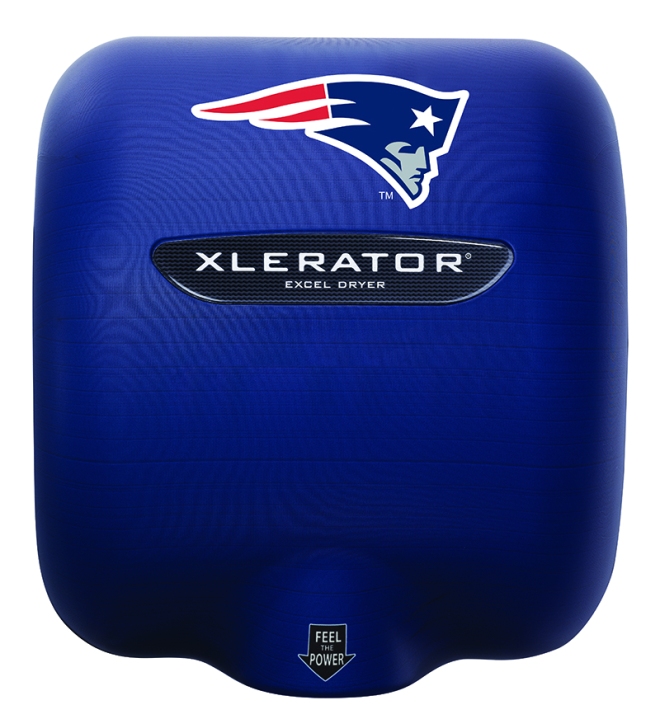
A New England Patriots-branded XLERATOR dryer (Photo credit: Excel Dryer)
GSB: Really…What is?
BG: The biggest green element is that the XLERATOR replaces paper towels. We did a Life Cycle Assessment (LCA) that resulted in showing up to a 75 percent reduction in carbon footprint even when compared to 100 percent recycled paper towels.
GSB: I never thought about it that way…
BG: There’s a big misconception out there that 100 percent recycled paper towels are the best thing from an environmental perspective in terms of hand drying. They’re not; after use they go right to the landfill.
GSB: Where do the savings come from?
BG: From reductions in material production, transportation emissions, water usage and waste.
GSB: I guess using paper towels that are 100 percent recycled is not at all the green thing to do.
BG: 100 percent right!
GSB: So talk to me about sports venues…
BG: Sports venues — stadiums and arenas — are an important part of our business. We’re a Boston-area company…
GSB: Does that mean you’re a Boston sports fan?
BG: Oh yeah — Red Sox, Pats, Celtics, Bruins…
GSB: Well, as a die hard New York sports fan, we’ll just have to look past that…So is the XLERATOR at Fenway Park?
BG: Yes…In fact Fenway is a great case study…They saw an 82 percent carbon footprint reduction vs. paper towels after switching to XLERATOR. That’s the equivalent of planting 560 trees or reducing 100 cubic meters of landfill. In the process, they saved $57,000 in paper towels and about $26,000 in labor costs.
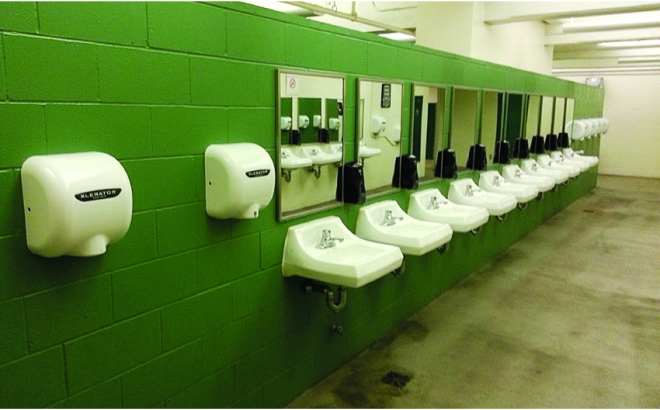
XLERATOR dryers mounted on the bathroom wall at Boston’s Fenway Park (Photo credit: Excel Dryer)
GSB: Why the savings in labor costs?
BG: Compared to venues with paper towels, restrooms are cleaner and thus need less maintenance. That is an important consideration. Aramark, the concessionaire at Fenway, tells us that it benefits them: Their staff have to spend much less time preparing and cleaning the restrooms. That leaves them much more time for fan-facing work, which is what they are there to do. Also staff spends much less time resolving bathroom incidents when the XLERATOR is in use vs. paper towels.
GSB: How much time is saved?
BG: On average, they told us their response time to attend to a game day issue, i.e., spills, was about three to five minutes. Now, that time has been shaved to 30 to 90 seconds! With paper towels, their staff was spending so much time constantly servicing the restrooms that it would delay their ability to respond quickly. With XLERATOR dryers installed, that has completely changed.
GSB: That is really significant.
BG: Also significant is that far fewer trash cans are needed: Six in a restroom with paper towels vs. one with an XLERATOR. Here’s a great stat: In the 2013 season at Fenway, one in which the Red Sox won the World Series…
GSB: …Don’t remind me…
BG: …The team saw a reduction of 124 tons of waste, with switching from paper towels being one of the largest contributors.
GSB: Beyond Fenway, what are some of the stadiums and arenas where XLERATORs are deployed?
BG: We’re also at Gillette Stadium in Foxboro, home of the Pats…But we’re not only at Boston venues. London’s Wembley Stadium, South Africa’s World Cup soccer stadia, NFL and MLB stadia, college football stadia and basketball arenas. Convention centers, airports and train stations are also sweet spots for us — venues where there are large public assemblies. And for these venues, and many others, it’s all about the bottom line — the XLERATOR saves time and money. In fact, in most cases, ROI is less than a year for XLERATORs that cost between $450-$650.
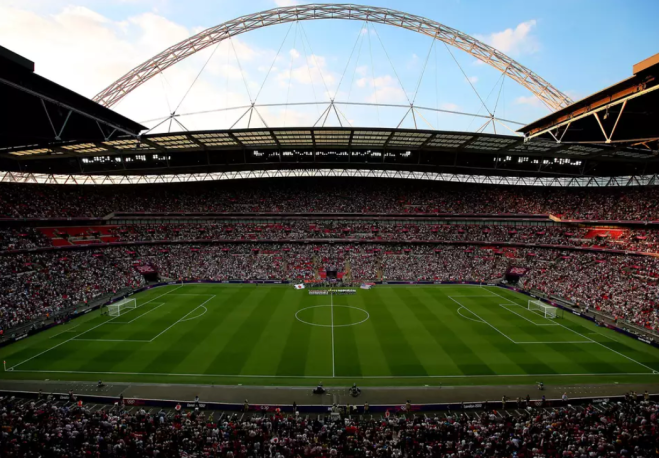
London’s Wembley Stadium, the “home of English football” has XLERATOR dryers in its restrooms (Photo credit: The Independent)
GSB: So it sounds like the business is good…
BG: After 16 years of XLERATOR, we’re still #1. Some call us the Kleenex of hand dryers. But we stay hungry and are reinvesting in the business to get to the next innovation.
GSB: What about an XLERATOR for residential use? I mean, if we could get all or most US households to go from paper to heated hand drying, that would have a massive and beneficial effect on the carbon footprint, no?
BG: That is something we’re looking at for down the road.
GSB: This is such a great story but I wonder, like I do with many great Green-Sports initiatives, if fans are aware of the green story behind the XLERATOR. What are you and the venues doing on that score?
BG: Some teams and venues are telling the green story, putting customized covers on the XLERATOR with green messaging. We see a big opportunity for storytelling at college athletics venues, due to the interest in sustainability among students. The University of Tennessee is installing over 1,000 Excel Hand Dryers throughout their campus. They put out a big press release to announce it. We need to help our customers do more of this.
GSB: So what’s next for Excel Dryer in terms of advances in hand drying at big public venues?
BG: We’re moving into the next generation of the hand drying experience with our new XLERATORsync® Hand Dryer, which is part of what we call an “Integrated Sink System.” In this case, we place the XLERATORsync next to the faucet on the sink so the patron washes, rinses and dries in one spot. It’s quieter, more hygienic, and creates an elevated user experience. In fact, Gillette Stadium has installed sink systems in their new hospitality areas in preparation for the upcoming football season.
Please comment below!
Email us: lew@greensportsblog.com
Friend us on Facebook: http://facebook.com/greensportsblog
Tweet us @GreenSportsBlog
#CoverGreenSports
